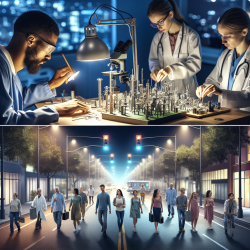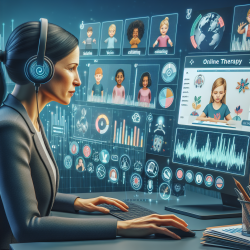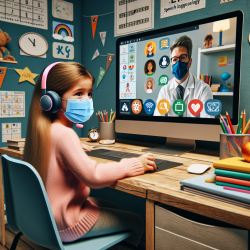Introduction
In the realm of special education, ensuring a safe and conducive learning environment is paramount. The recent study titled "Ambient lighting, use of outdoor spaces and perceptions of public safety: evidence from a survey experiment" by Kaplan and Chalfin provides valuable insights into how ambient lighting can influence public safety perceptions. This blog explores how practitioners can enhance their skills by implementing findings from this research and encourages further exploration into the topic.
Understanding the Research
The study investigates the impact of ambient lighting on public safety perceptions. It reveals that brighter street lighting can significantly enhance individuals' sense of safety. Over half of the survey respondents expressed willingness to pay additional taxes to replace dim street lights with brighter LED lights. However, the study also notes that poor lighting does not significantly deter individuals from engaging in outdoor activities or adopting risk-mitigation behaviors.
Implications for Practitioners
For practitioners in the field of special education, particularly those involved in school district management, the findings of this study offer several actionable insights:
- Enhancing School Safety: Consider advocating for improved lighting in and around school premises. Brighter lighting can contribute to a safer environment, reducing crime rates and enhancing the overall well-being of students and staff.
- Community Engagement: Engage with local communities and stakeholders to discuss the benefits of improved lighting. Highlight how such measures can enhance public safety and encourage outdoor activities, contributing to healthier lifestyles.
- Policy Advocacy: Use the research findings to advocate for policy changes at the district or municipal level. Support initiatives that prioritize investments in public infrastructure, such as street lighting, to foster safer communities.
Encouraging Further Research
While the study provides valuable insights, it also highlights areas where further research is needed. Practitioners can contribute to this body of knowledge by:
- Conducting Local Surveys: Implement similar survey experiments within your district to gather localized data on public safety perceptions and lighting conditions.
- Collaborating with Researchers: Partner with academic institutions or research organizations to explore the broader implications of ambient lighting on safety and community well-being.
- Exploring Technological Innovations: Investigate how emerging technologies, such as smart lighting systems, can be integrated into school safety strategies.
Conclusion
By understanding and applying the insights from the study on ambient lighting and public safety, practitioners can play a crucial role in enhancing the safety and well-being of their school communities. Encouraging further research and collaboration will ensure that we continue to build environments where students and staff feel secure and supported.
To read the original research paper, please follow this link: Ambient lighting, use of outdoor spaces and perceptions of public safety: evidence from a survey experiment.










